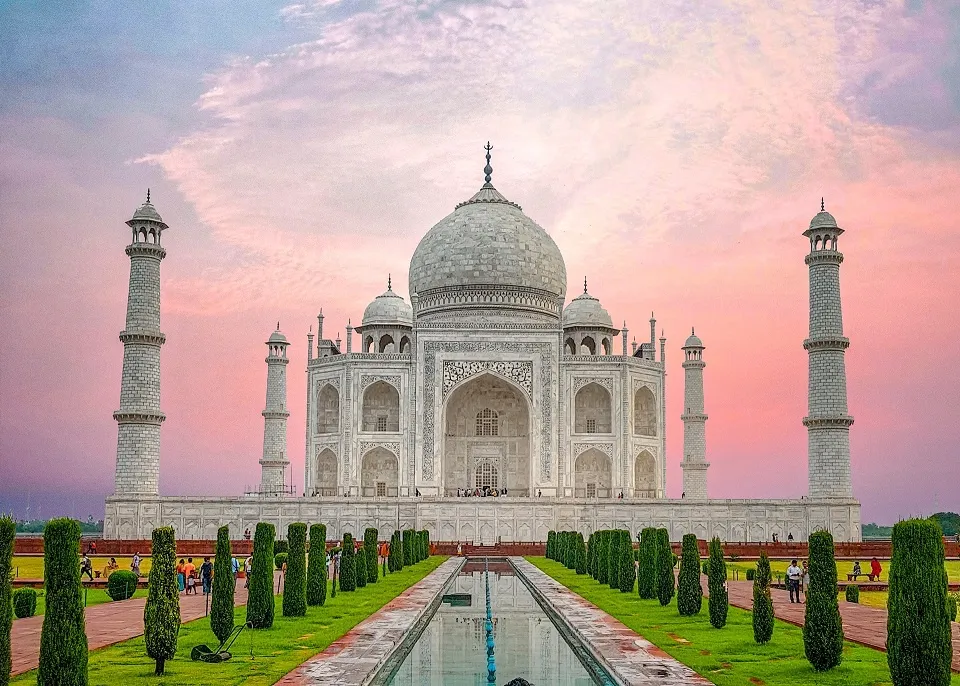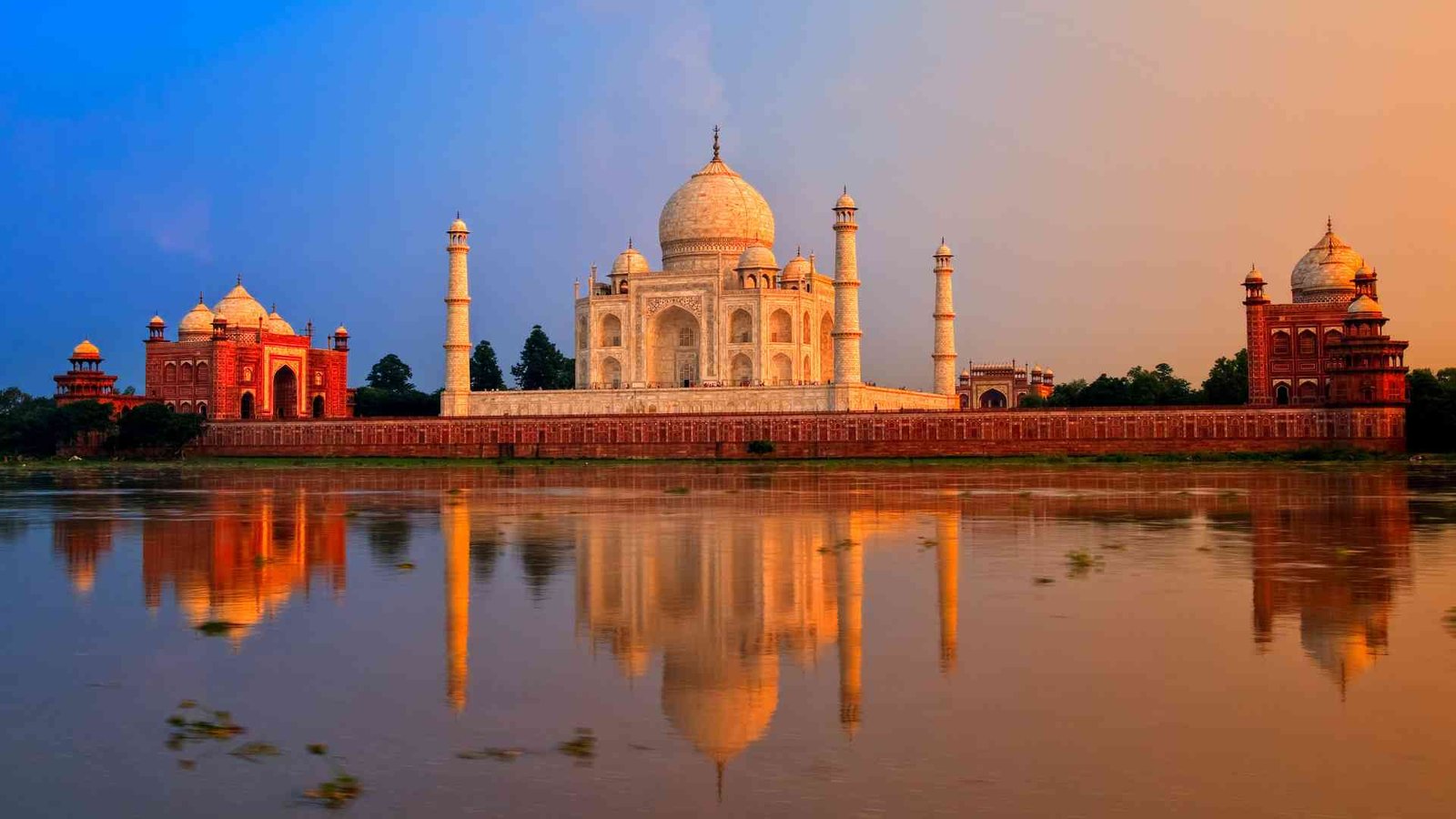En el inmenso y colorido estado de Rajastán, conocido por sus palacios, desiertos y ciudades históricas, hay un pequeño pueblo que no aparece en los mapas turísticos. Un lugar donde la vida sigue otro ritmo: más lento, más humano. Ese lugar se llama Devta, y tiene algo que conmueve: su autenticidad. Un pueblo que conserva […]




